As the 2030 petrol and diesel car ban approaches, more cities across the country are creating Low Emission Zones (LEZs), which will ban cars that produce certain emission levels from entering these restricted city centre areas – including hybrid vehicles that are non-compliant with emission requirements.
Glasgow and Edinburgh’s will begin to come into effect this year and next year, subject to final approval by Scottish Ministers, while Aberdeen’s is set to come into full effect by June 2024 – all with the aim to meet the UKs net zero emissions target by the year 2050, and 2045 in Scotland.
While motorbikes will be permitted, internal combustion engine (ICE) car drivers will need to make some changes and adapt their means of transportation.
Transport options
Drivers are now faced with a raft of personal and lifestyle choices on second hand petrol car sales, hybrids, the purchase expense of electric vehicles (EVs), leasing, car sharing, plug-in charges, battery reliability, range anxiety, congestion charges, cycling to commute, public transport dilemmas, how to handle the school run…
This list goes on – and it is a lot to keep up with.
Electric cars might well be the future, but they are also evolving alongside other fuel options, so what exactly are the viable alternatives to electric power?
Biofuels
These radical types of fuel are made from sugarcane and corn, and do considerably less damage to the environment than standard petrol. Second generation biofuels are seen as the most popular option to electric, as they can be generated without any food wastage.
Heat
Thermoelectric technology, which takes heat and converts it into electricity, is another option. While this is a clever form of technology, it relies on a natural heat source being present in the first place.
Hydrogen
While the technology for this type of fuel is currently very expensive, hydrogen is seen as the biggest challenger to electricity. It requires no battery, being powered in a more traditional combustion engine. The crowning glory is that, like electricity, there are no CO2 emissions when it’s used.
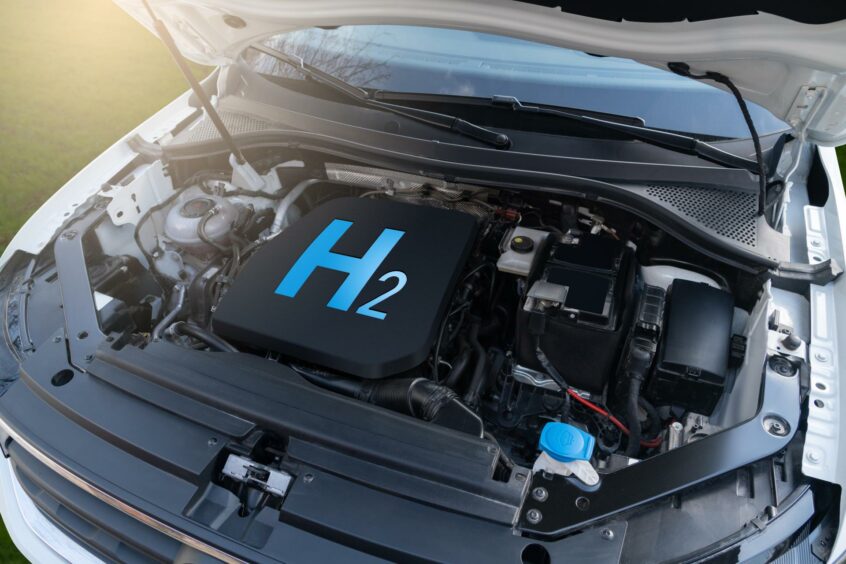
Currently, fleet vehicles such as lorries and buses (such as those in Aberdeen) are more likely to use hydrogen – but this could be set to change in coming years as the hydrogen refuelling infrastructure expands, making it more accessible to domestic users.
With the north-east having suffered severe electric power outages in recent months, would it make sense to commit more resources to the development of hydrogen fuel?
And it has support. Fifth Gear presenter and Your Car columnist Vicki Butler-Henderson recently wrote on its possibilities and applications (October 2021 and November 2021).
Currently more expensive than fuel, this could change with wider use. And with the north-east having suffered severe electric power outages in recent months, would it make sense to commit more resources to the development of hydrogen fuel?
We need collaboration across the entire energy industry as there is no one-size-fits-all solution
Bentley believes so, last year crossing Iceland in a Flying Spur on hydrogen fuel. The Toyota Mirai utilises hydrogen fuel, as does the Hyundai Nexo, covering comparable distances to petrol engines. And the big hitters are putting thought and time into hydrogen including Aston Martin, Porsche, BMW and Mercedes-Benz.
More investment needed
Steven Lua, CEO of zero emissions solutions provider Unitrove, recently welcomed Government plans to double hydrogen production targets, saying: “The development of the hydrogen industry is absolutely key to the UK’s long-term energy strategy, both in terms of cleaning up the energy industry and for delivering energy security that is affordable and accessible to all of society.
“We need collaboration across the entire energy industry as there is no one-size-fits-all solution. We need to embrace multiple renewable and clean energy solutions to achieve our net-zero ambitions.”
“What we need to see now is real investment in infrastructure to help the UK realise its ambitions to become a major player in the hydrogen field so that it can contribute to affordable, reliable, sustainable energy in the future.”
Ryze Hydrogen distributes affordable low and zero emission hydrogen to customers across the UK for use in transport, industry and homes. Founder Jo Bamford agrees, and sees the UK’s hydrogen as vital to long-term energy security and job.
He said: “It is great to see the Government raising its ambitions for hydrogen, and recognising the need to move fast if we are to secure the maximum number of jobs and economic growth in this emerging global industry.”
There are detractors, of course: hydrogen fuel cell technology is expensive to develop. And outside of motorsport, the industry is adapting to self-powered vehicles that move us away from traditional fuel stations to charging at home, work or the street – meaning garage forecourts may become a thing of the past.
Petrol engine options and classic cars
In the meantime, for drivers there are still some other options before the big decisions have to be made.
You can convert your petrol to an EV if you wish – although at a whopping £20,000-£60,000 depending on the size of your car, it probably makes more sense to invest in a new EV.
Hybrids will still be in showrooms until 2035, as long as they can prove they can cover a significant distance in zero-emission mode but will face bans thereafter.
It won’t be illegal to own or even drive an ICE car beyond 2030, so no need to scrap your beloved jalopy – and you can still sell your used petrol, diesel or hybrid car.
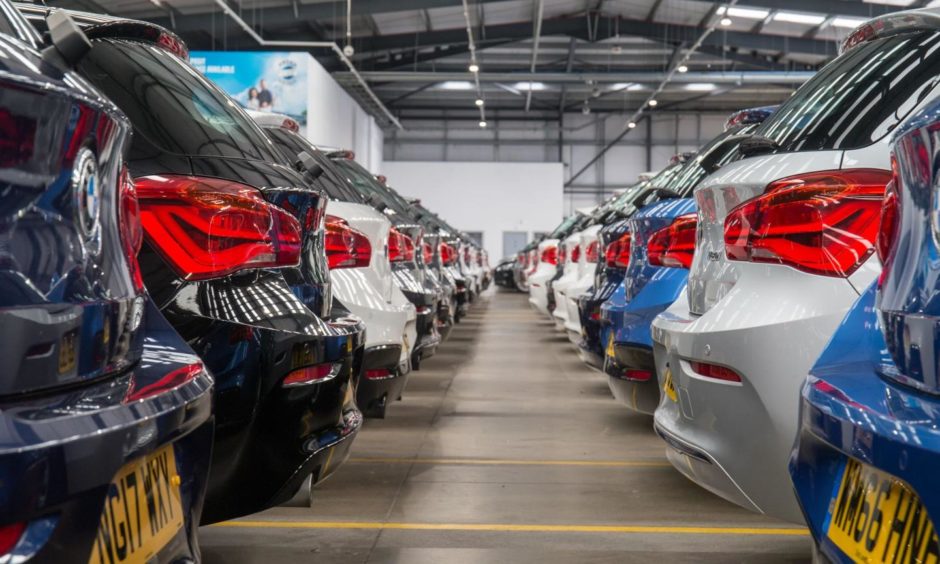
And what becomes of our nation’s stunning classic cars? Well, these cars can run on hydrogen fuel without alterations – and who doesn’t still want to see the beautiful spectacle of vintage cars on our roads, gracefully pootling behind the superspeed EVs?
So rather than rush to place all our eggs in the electric basket and become consumer hostages to a single fuel – as we once did with petrol power – perhaps a broader choice of options would better match the needs of all the different commuters, drivers and motoring lovers out there?
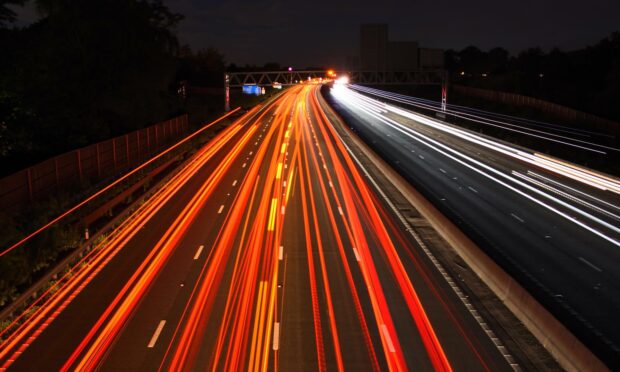
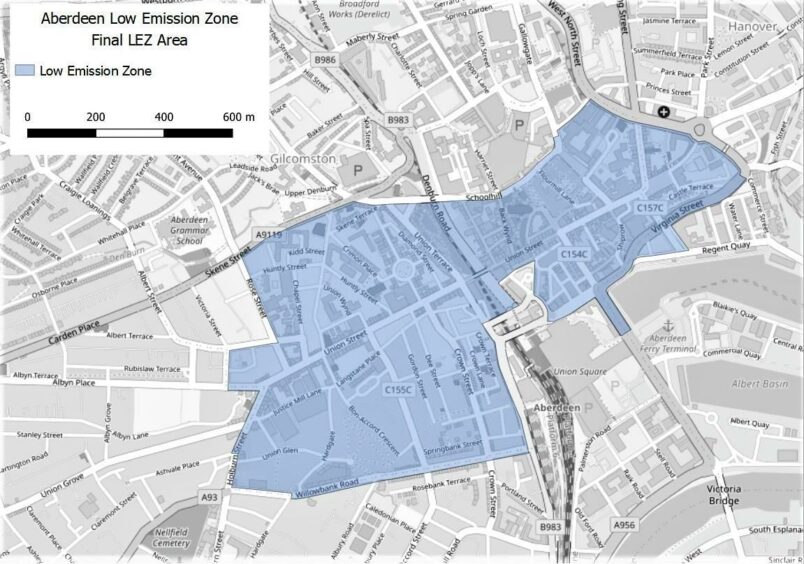
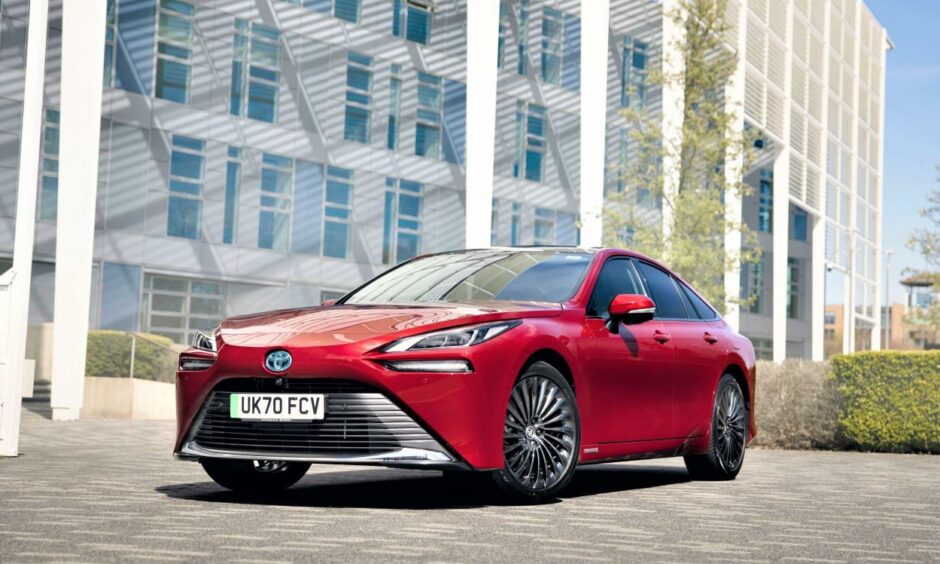


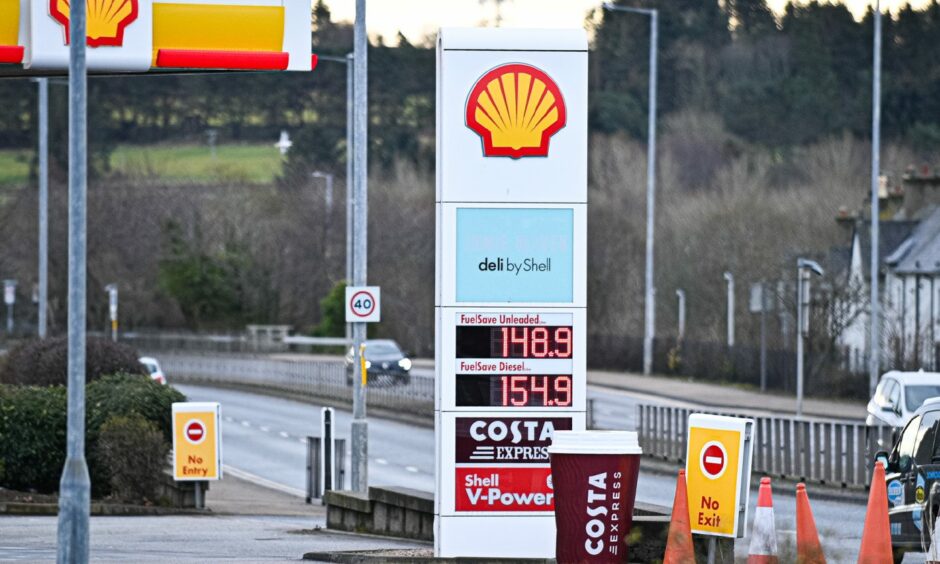
Conversation